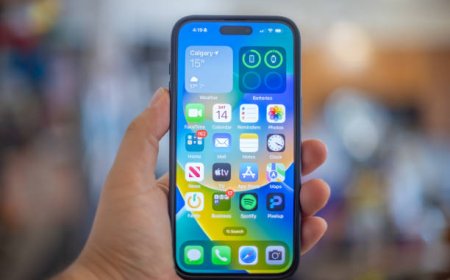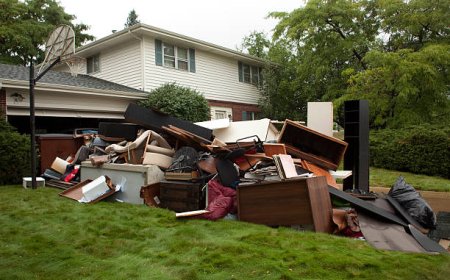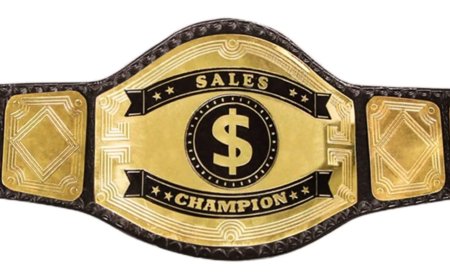Breaking Down the Fastest Balls in International Cricket

Cricket has always been a game of skill, timing, and precision. But nothing gets fans out of their seats quite like raw speed. Thefastest balls in cricket history have left batters ducking for cover and crowds gasping in awe.
Speed in cricket isnt just about aggression its a weapon. Fast bowlers can break partnerships, shift momentum, and even shape a matchs outcome with just one delivery. In this post, were looking at the fastest balls ever bowled in international cricket who bowled them, how fast they were, and what made those moments unforgettable.
What Counts as the Fastest Ball in Cricket?
Speed is measured in kilometers per hour (kph), usually tracked by speed guns placed near the boundary or integrated into broadcast systems. Only official international matches are considered for record purposes.
To qualify as one of the fastest balls in cricket history, the delivery must:
-
Be bowled in an international match (Test, ODI, or T20I)
-
Be verified by official technology
-
Surpass at least 150 kph (93.2 mph), though most elite ones are over 155+
Top 10 Fastest Balls in International Cricket History
Here are the fastest deliveries ever bowled in international cricket based on official records:
| Rank | Bowler | Speed (kph) | Match Format | Year |
|---|---|---|---|---|
| 1 | Shoaib Akhtar | 161.3 kph | ODI vs England | 2003 |
| 2 | Shaun Tait | 161.1 kph | ODI vs England | 2010 |
| 3 | Brett Lee | 161.1 kph | ODI vs New Zealand | 2005 |
| 4 | Jeff Thomson | 160.6 kph | Test vs West Indies | 1975 |
| 5 | Mitchell Starc | 160.4 kph | Test vs NZ | 2015 |
| 6 | Andy Roberts | 159.5 kph | Test Match | 1975 |
| 7 | Fidel Edwards | 157.7 kph | ODI vs South Africa | 2003 |
| 8 | Anrich Nortje | 156.2 kph | Test vs India | 2020 |
| 9 | Jasprit Bumrah | 153.3 kph | Test vs Australia | 2023 |
| 10 | Pat Cummins | 153.0 kph | Test vs England | 2021 |
Fun Fact: Shoaib Akhtars 161.3 kph ball is still the only delivery to cross the 100 mph mark in an official international match.
Shoaib Akhtar The Undisputed King of Speed
When we talk about the fastest balls in cricket history, one name always comes up first: Shoaib Akhtar, also known as the "Rawalpindi Express."
His fastest delivery came against England in the 2003 Cricket World Cup. It clocked 161.3 kph (100.23 mph) a record that still stands.
Shoaibs run-up was long and intense. His release was explosive. Batsmen often backed away before the ball even left his hand. The way he combined pace with aggression was unmatched at the time.
Other Bowlers Who Lit Up the Speed Gun
Here are a few more bowlers who consistently hit the high 150s and made their mark:
Brett Lee (Australia)
-
Known for: Perfect action and consistent 150+ deliveries
-
Peak speed: 161.1 kph
-
One of the most accurate fast bowlers to hit top speeds regularly
Shaun Tait (Australia)
-
Unpredictable and extremely fast
-
Often struggled with control, but when he got it right batters were in trouble
Jeff Thomson (Australia)
-
Fastest in the 70s, even without modern training
-
Once described his bowling as more sling than swing
Mitchell Starc (Australia)
-
Left-arm fast with deadly yorkers
-
Bowled a 160.4 kph delivery in 2015 that shocked even seasoned fans
How Fast Bowling Has Changed Over the Years
Fast bowling has evolved. In the past, bowlers relied purely on strength and long run-ups. Todays pacers use biomechanics, gym training, diet plans, and video analysis to fine-tune their performance.
Heres how speed bowling has changed:
-
Then: Natural strength, limited speed tracking, no protective gear
-
Now: High-tech monitoring, personalized fitness, heavy rotation to avoid injuries
The goal is still the same: beat the batter with raw pace. But now, it's backed by science.
The Role of Technology in Tracking Speed
Speed measurement in cricket became reliable only in the late 1990s. Before that, estimates were rough. Today, we use:
-
Radar guns: Positioned around 22 yards from the bowler
-
Hawk-Eye and ball-tracking systems: Built into broadcast feeds
-
Post-match analytics: Used to break down each deliverys speed, swing, and bounce
These tools help bowlers refine their skills and allow fans to enjoy the stats in real time.
Fastest Balls in Each Format
Heres how speed plays out across different formats of the game:
Test Cricket
-
Long spells, focus on control and reverse swing
-
Starc, Bumrah, and Nortje stand out for consistent pace in Tests
One Day Internationals (ODIs)
-
Balanced between attack and economy
-
Akhtar and Lee have dominated here with their record speeds
T20 Internationals
-
Speed matters early in the innings
-
Quick bouncers and yorkers are used to disrupt the rhythm
Challenges Faced by Fast Bowlers
While fast bowling excites fans, it's physically demanding. Here's what makes it tough:
-
High injury risk: Back, hamstring, and knee issues are common
-
Shorter careers: Many fast bowlers retire early or shift to coaching
-
Conditions matter: Pitches in India, Pakistan, and Sri Lanka are less supportive of pace
Even so, the thrill of watching a 155+ kph delivery crash into the stumps is unmatched.
Future of Fast Bowling
New talents like Umran Malik, Lockie Ferguson, and Anrich Nortje are pushing the limits. With better fitness and support systems, we may soon see someone breaking Shoaib Akhtars record or at least coming very close.
Franchises and national boards now invest in pace academies, which means more young bowlers are being trained to bowl fast, early.
FAQs About Fastest Balls in Cricket
Who bowled the fastest ball in cricket history?
Shoaib Akhtar holds the record with 161.3 kph (100.23 mph), bowled against England in 2003.
What is the fastest ball ever bowled in IPL?
Lockie Ferguson bowled 157.3 kph in the 2022 final the fastest in IPL history.
Where was the fastest ball recorded?
At Newlands, Cape Town during the 2003 World Cup match between Pakistan and England.
How are ball speeds measured in cricket?
Using radar speed guns and ball-tracking tech like Hawk-Eye and UltraEdge.
Will anyone break Shoaib Akhtars record?
It's tough, but possible. With better fitness programs, younger bowlers may reach or even exceed 161.3 kph.
Why do some bowlers lose speed over time?
Injuries, workload, and age affect rhythm and power, leading to slower deliveries.
Final Thoughts
Speed in cricket is more than just a number its about timing, confidence, and control. The fastest balls in cricket history have left a lasting impact not only on scoreboards but in the minds of fans.
From Shoaib Akhtars thunderbolt to Starcs deadly yorkers, these moments remind us that pace still rules. And as the next generation rises, the race for the next fastest ball is far from over.



































